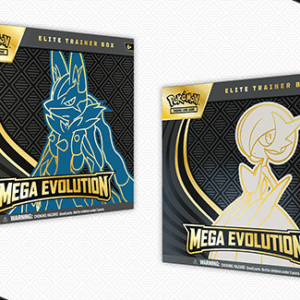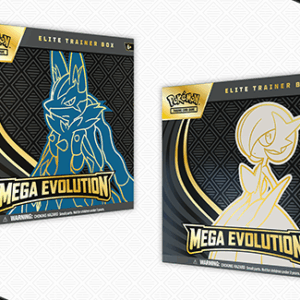In a legal drama that rivals any courtroom thriller, the esteemed California auction house, Memory Lane Inc., has taken aim at a hospitality giant over an expensive lapse that ended in a scandal echoing across the collectibles community. At the heart of this tense narrative lies a package of 54 rare baseball cards, including two gems: a 1909 Ramly Walter Johnson and a 1941 Ted Williams, which vanished without a trace at a Best Western Plus in Strongsville, Ohio in 2024. The case shines an uncomfortable spotlight on the vulnerabilities of high-value collectibles in transit and the roles that reputable institutions play in their safeguarding, or lack thereof.
The sequence of unfortunate events reads like a gripping caper movie. FedEx, trusted with this treasure trove, confirmed the safe delivery to the hotel. However, when Memory Lane dispatched its own operative to retrieve this trove of nostalgia, it had disappeared, leaving behind a mystery that seemed impervious to routine investigatory charm until further digging unearthed an inside job. Investigators pointed fingers at Jacob Paxton, a hotel employee, who supposedly orchestrated the heist like a scene from a noir film, along with his accomplice Jason Bowling. With a slice of poetic justice, 52 out of the 54 cards have resurfaced, but the headline pieces featuring baseball legends Johnson and Williams remain at large, adding an element of unfinished suspense.
The judicial hammer came down hard on Paxton, consigning him to a four-to-six-year vacation behind bars, while his less implicated partner, Bowling, received community supervision. For Memory Lane, however, the story transcends mere financial loss. In an industry where prestige and trust are priceless currencies, even a single incident can cascade into reverberations that tarnish reputations and destabilize customer confidence. A cutting blow to their credibility, indeed.
Galvanized by the mishap and its cascading effects, Memory Lane Inc. filed a civil lawsuit in July 2025 against not only Best Western International but also the local hotel operators, seeking $2 million in damages. The crux of their grievance lies in accusations of negligence, essentially alleging that the hotel sacrificed preservation on the altar of poor hiring and management practices, subsequently endangering irreplaceable artifacts in their care. Not merely a swipe at a singular establishment, this lawsuit potentially beckons a paradigm shift, mandating a reevaluation of security protocols and responsibility for hotels and shipping partners handling such high-value goods.
Yet the underlying theme here is neither novel nor contained. The world of sports card collecting, characterized by its meticulously passionate and monied circles, has been increasingly dodged by brazen thefts. Renowned gatherings like the National Sports Collectors Convention have grappled with thieves’ magpies, with multi-pronged heists erupting despite heightened protective measures. Notably, cherished relics like a 1951 Bowman Mickey Mantle rookie and a 1986 Fleer Michael Jordan rookie have vanished into shadows, despite tightened vigilance.
The potential market value garnered from these sports cards underlines a burgeoning risk: the parallel ascendancy of both their worth and vulnerability. Collectors and dealers, driven by the siren song of preservation, now embrace a gamut of defenses, from fortified display cases to sophisticated surveillance accoutrements and impervious insurance policies. Their creed in this escalating arms race is simple—valuable cardboard today demands the safeguarding strategies once reserved for precious art or esteemed jewels.
What unfolds next for Best Western may sculpt the landscape of accountability anew. This lawsuit could set a precedent, redesigning expectations on how institutions must protect valuables. Until that penultimate gavel descends, though, the tale conveys a stark reminder to enthusiasts: the investment in safeguarding one’s cherished collectibles is as essential as the endeavor to acquire them. What’s at stake extends beyond monetary returns—it’s the preservation of history, nostalgia, and the dreams they nurtured. As this case unfolds, the grains of accountability could morph, demanding vigilance and responsibility in protecting the taunting allure of the past captured within glossy card stock.






